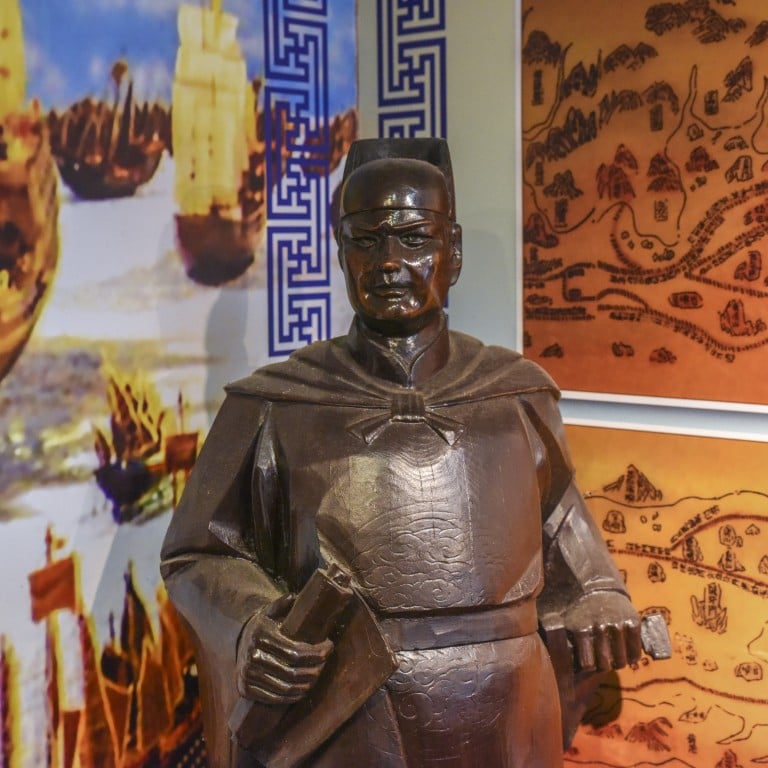
Zheng He’s Malacca: temples, the biggest Chinese cemetery outside China, and museums dedicated to Ming dynasty admiral’s legacy in the Malaysian city
- European colonial buildings abound in Malacca, Malaysia, but look closely and you’ll find evidence of how early Chinese migrants shaped its culture and make-up
- Admiral Zheng He turned Malacca from a fishing village into a hub of trade in the 15th century, when Chinese put down roots and a Chinese princess wed a sultan
Ants crawl up my arm as I shift a vine obscuring a weathered grave. A shaft of light pierces the tree canopy above, illuminating its tombstone, and I want to get a clearer look at its inscription.
I’m hoping to get a sense of how old this and other tombstones engraved with Chinese characters are, and how long they’ve stood on this forested hill overlooking Malacca, in southwest Malaysia.
The tombstones stretch to the crest of a ridge and beyond in this, the largest Chinese cemetery outside China according to a nearby museum.
More than 6,000 people, including a Ming dynasty princess, are buried in Bukit Cina, which was established more than 600 years ago by Zheng He, the Chinese admiral, diplomat and maritime explorer.

Zheng He visited Malacca seven times in the early 1400s, establishing a significant Chinese community and shaping local culture.
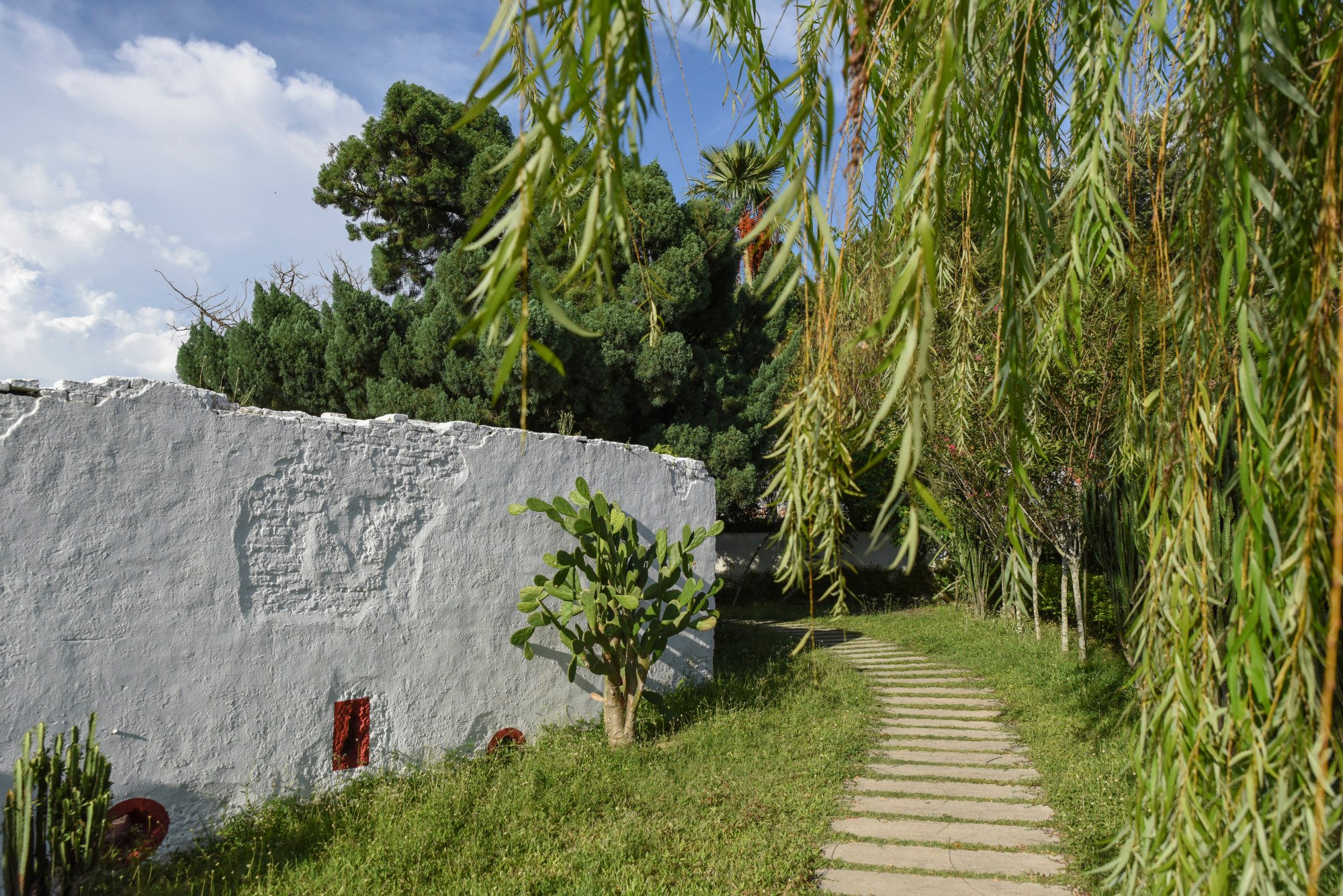
Hidden in jungle at the top of rough stone stairs, Bukit Cina feels isolated despite being just 10 minutes’ walk from touristy Jonker Street, with its boutique hotels, souvenir shops and crowded restaurants.
The graveyard is being reclaimed by nature and is eerily silent. During my visit I don’t encounter another soul; not a living one, anyway.
The adjoining temple, Poh San Teng, is busier. It bears one of the two names by which Zheng He is known in Malaysia (the other being the more common Cheng Ho). The 18th-century temple’s grounds are well kept and its facade is decorated by fish murals.
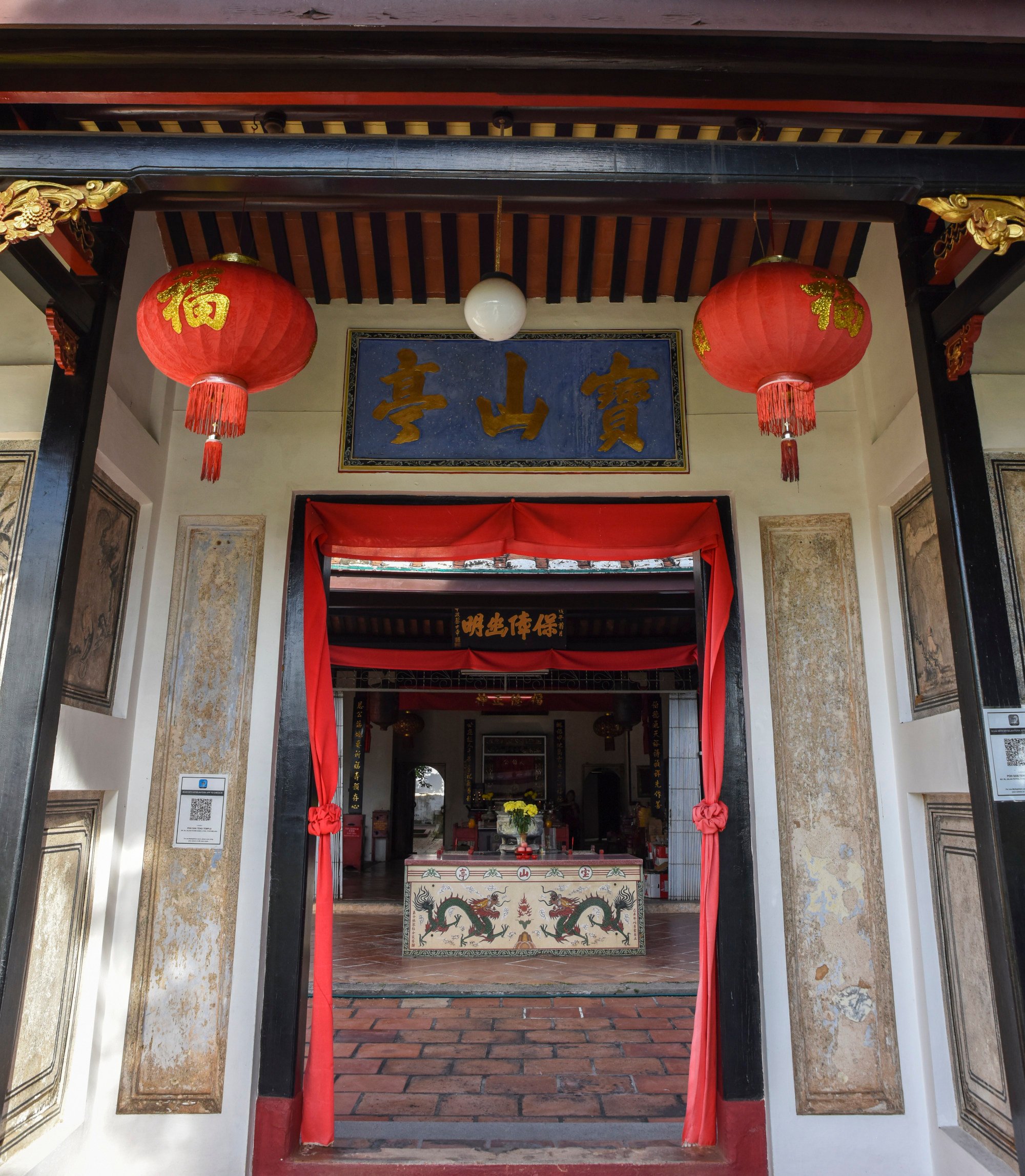
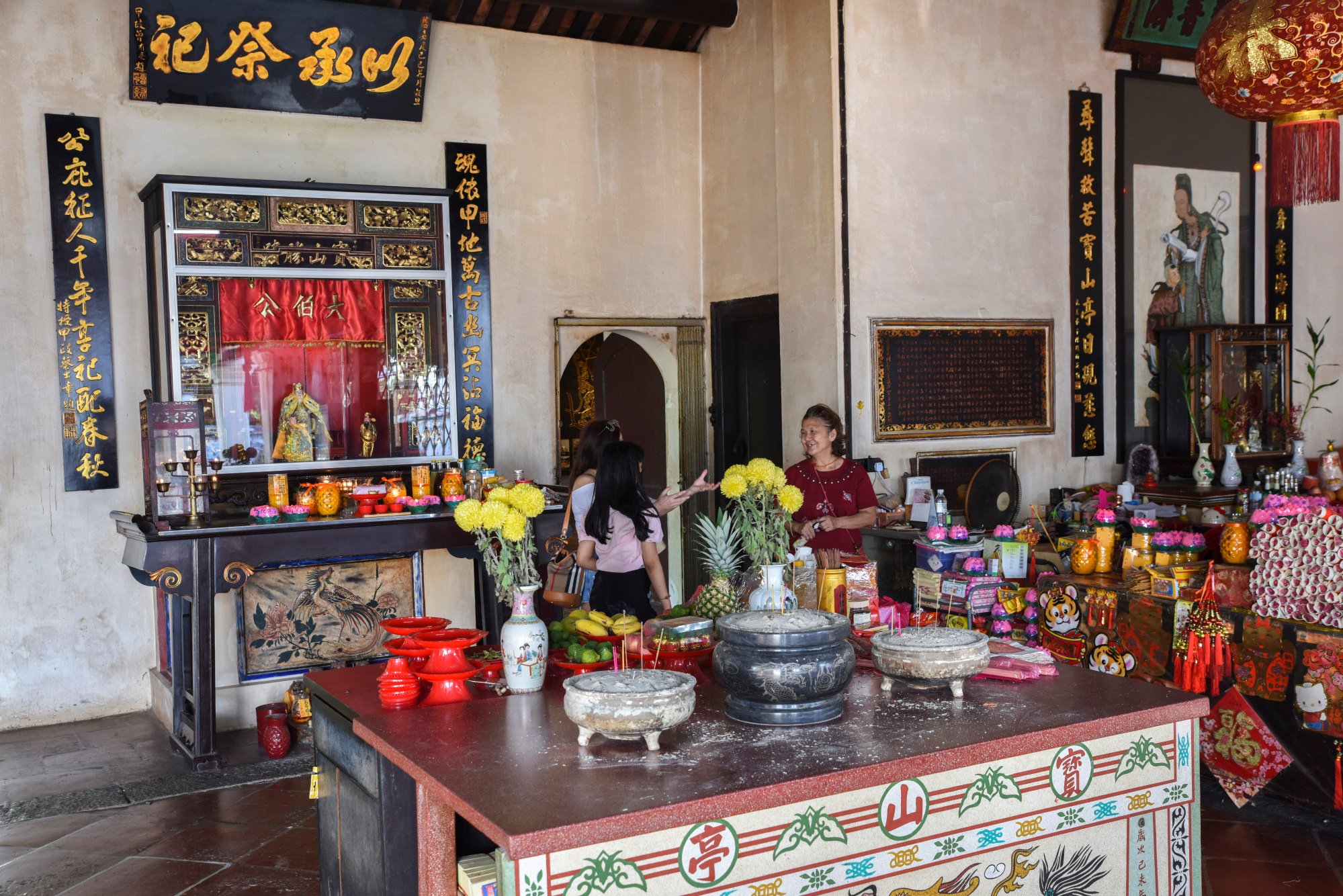
These designs, I learn later at the Admiral Cheng Ho Gallery museum, are inspired by a local folk tale: while sailing to Malacca, Zheng He’s ship was damaged in a storm and almost sank. It was saved by a magical fish, which plugged a hole in the hull, allowing the vessel to reach its destination.
Alongside the temple, a path curves beneath willow trees to a gap in a decaying wall, beyond which is the Well of Hang Li Poh, named after the Chinese princess who travelled here in the 1450s to marry the Sultan of Malacca, Mansur Shah.
Hang Li Poh brought with her a huge entourage, which swelled the Chinese community Zheng He had established. Historians believe these immigrants are the ancestors of Southeast Asia’s Peranakans, also called Baba and Nyonya, who have a mix of Chinese, Malay, Indonesian, Thai, Portuguese and Dutch heritage.

More of this history is explained at the Baba-Nyonya Heritage Museum, housed in a beautifully renovated, 160-year-old Peranakan mansion just south of Jonker Street.
Two hundred metres away, the Cheng Ho Cultural Museum occupies a former shophouse on the west bank of the Malacca River which bisects the city’s old town.
It reputedly stands on the spot where Zheng He established a giant warehouse for provisions, money and treasure either plundered or traded by his ship crews as they plied the seas of Southeast Asia.
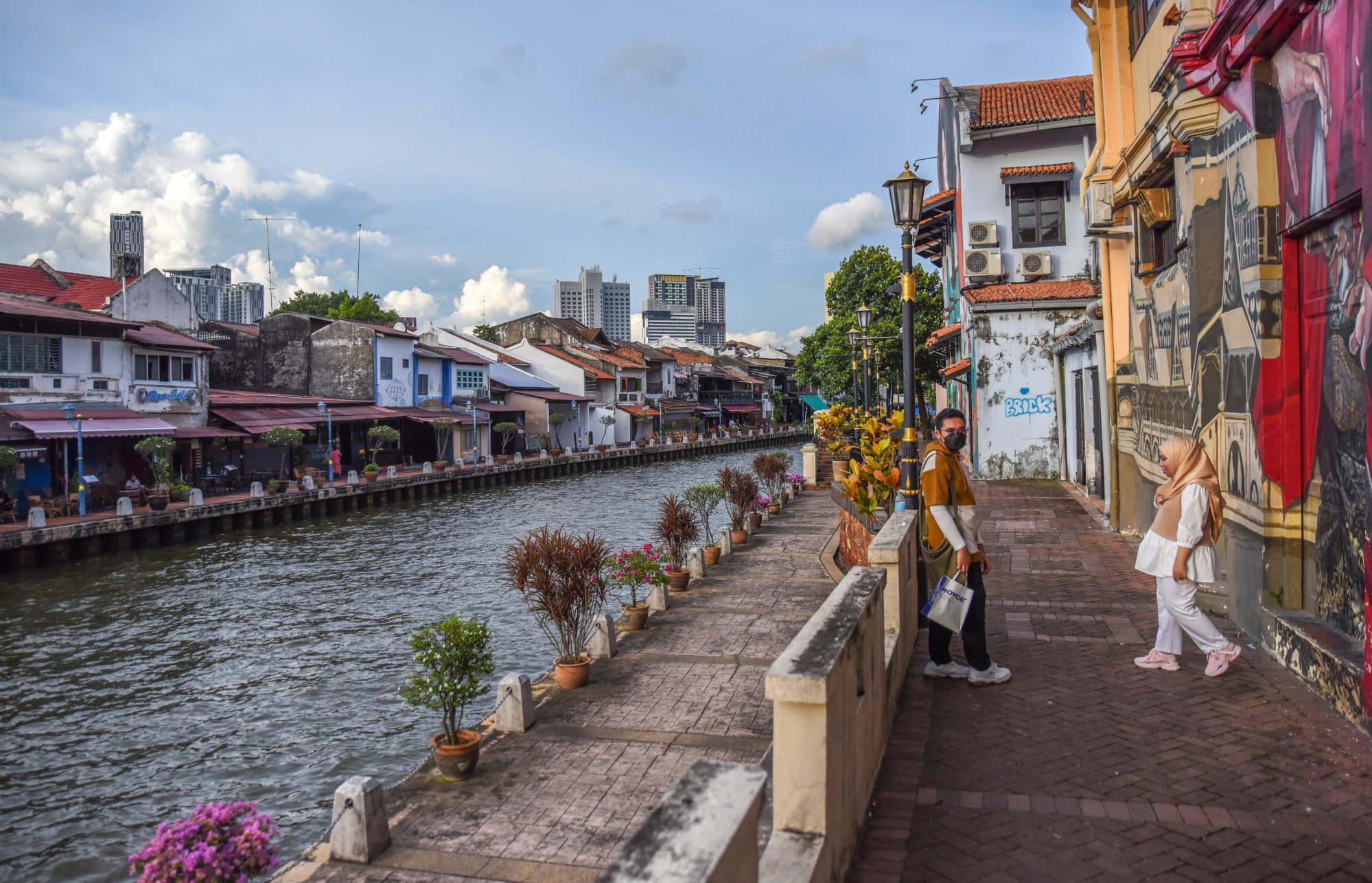
The city’s most glorious building, the Stadthuys, dominates Dutch Square, which was the heart of Malacca when it was a European colony and is now the hub of its tourist district, full of tour guides, souvenir stalls and cycle rickshaws.
With an earthen-red facade, terracotta roof tiles and white louvre windows, the Stadthuys was built as an administrative centre in 1650. For centuries, what is reputedly the oldest Dutch building in Southeast Asia housed colonial offices.
Nowadays it is Malacca’s largest cultural facility, and inside is the small but fascinating Literature Museum, the sprawling and informative History and Ethnography Museum and the aforementioned Admiral Cheng Ho Gallery.

Although concealed in the rear of the building, at the top of a flight of stairs, the gallery is well organised. In the main room are paintings of Zheng He, scale models of his ships and artefacts from his time in Malacca, including urns and vases.
Panels in sequence detail his youth, ascent to the rank of admiral and maritime achievements.
One large image of Zheng He shows him dressed in a robe emblazoned with a fire-spewing dragon, his left hand gripping a sword.
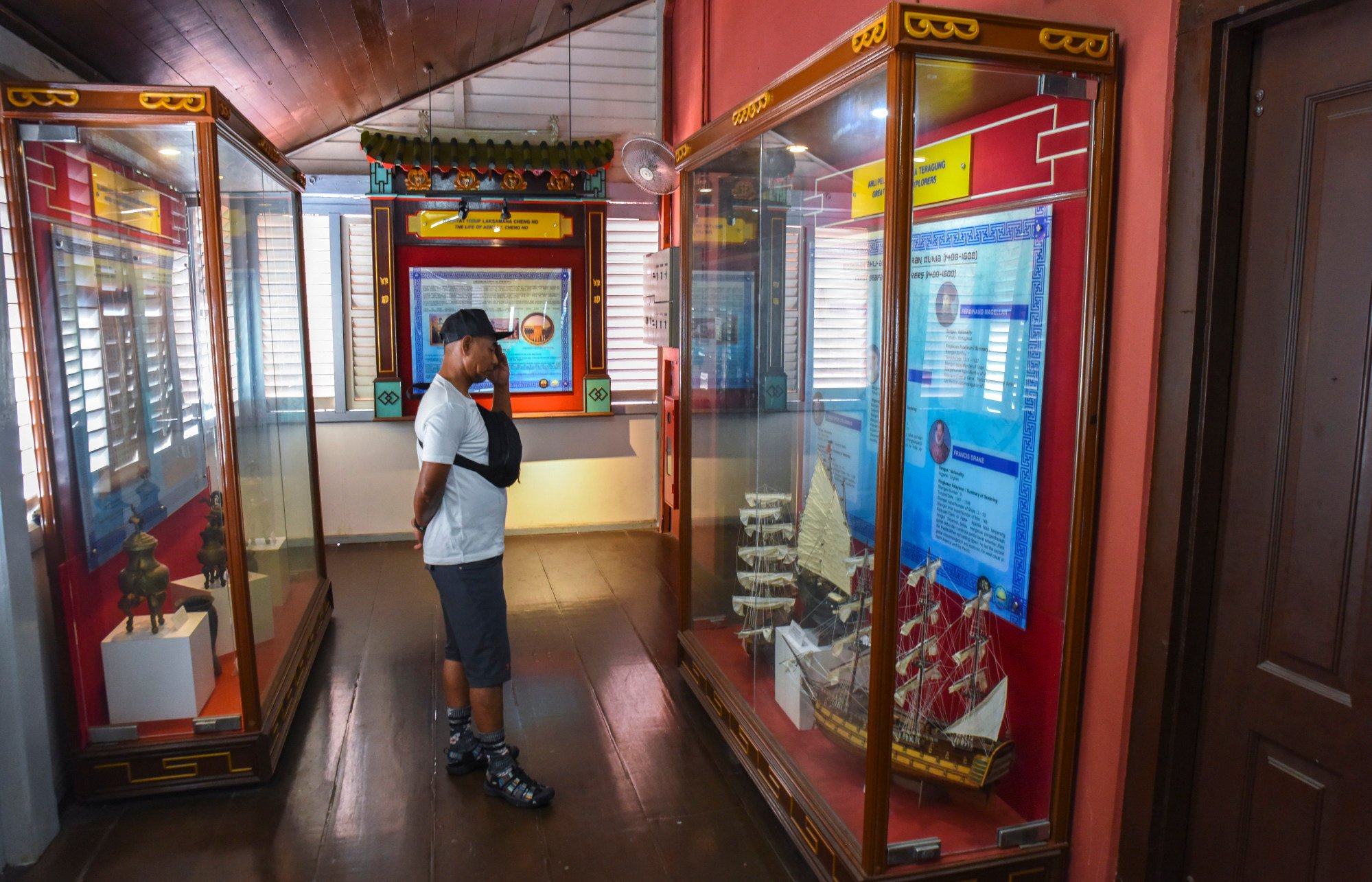
The depiction could be that of a bloodthirsty invader, yet in Malacca he’s widely viewed as a heroic statesman.
This gallery, run by the Malaysian government, describes Zheng He as a “brave and ambitious traveller” who broadened local culture by introducing Chinese customs, clothing, cuisine, music, dance and religion – much of which is still in evidence.
When Zheng He first sailed into Malacca, in 1405, it was a fishing village of a few thousand people, only recently founded by Parameswara, a Sumatran prince. By the time of the Chinese admiral’s last visit, in the early 1430s, Malacca was on its way to becoming one of the region’s key trading ports.
The story of Africans descended from 15th century Chinese sailors lives on
Its location on the main sea route between China and India saw a boom in its wealth and influence. Malacca thus became coveted by Europe’s colonial powers, and from the early 1500s, the Portuguese, Dutch and British took turns occupying the city.
These Western fingerprints are visible to tourists in the form of colonial churches, forts and mansions. Yet those who dig deeper will learn Malacca was shaped just as significantly by Zheng He and the Chinese.

